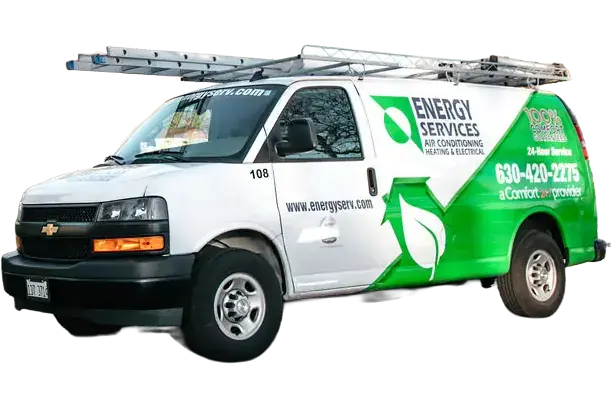Ductless vs. Traditional Heating Systems
- Aesthetics – Instead of vents, the ductless system requires indoor air handlers mounted into the ceiling or on the wall. While the cabinets are slim and modern-looking, they are visible.
- Existing ductwork – If you already have ductwork installed in the home, staying with central heating is cost-effective. Without ductwork, a ductless system is going to save you money. It will also avoid a lot of renovation and mess, requiring only a three-inch hole in an exterior wall for the conduit.
- Investment – In general, traditional heating systems are more expensive. However ductless costs go up depending on the number of indoor units and efficiency ratings.
- Sound levels– Although the operational sounds of traditional heating has been reduced in recent years, nothing quite compares to the whisper-quiet of ductless equipment.
- Square footage – While ductless systems allow for multiple air handlers with a single outdoor unit, homes larger than 2,00 square feet are a challenge. You might do better with the power of central heating.
- Zone control – You can have zoning with central heating, but you’ll need internal dampers in the ductwork. Ductless systems excel at zoning, with each air handler offering independent control.
Energy efficiency – Ductless technology eliminates the energy waste of ductwork, offers the benefits of zoned conditioning and provides higher potential energy efficiency.









